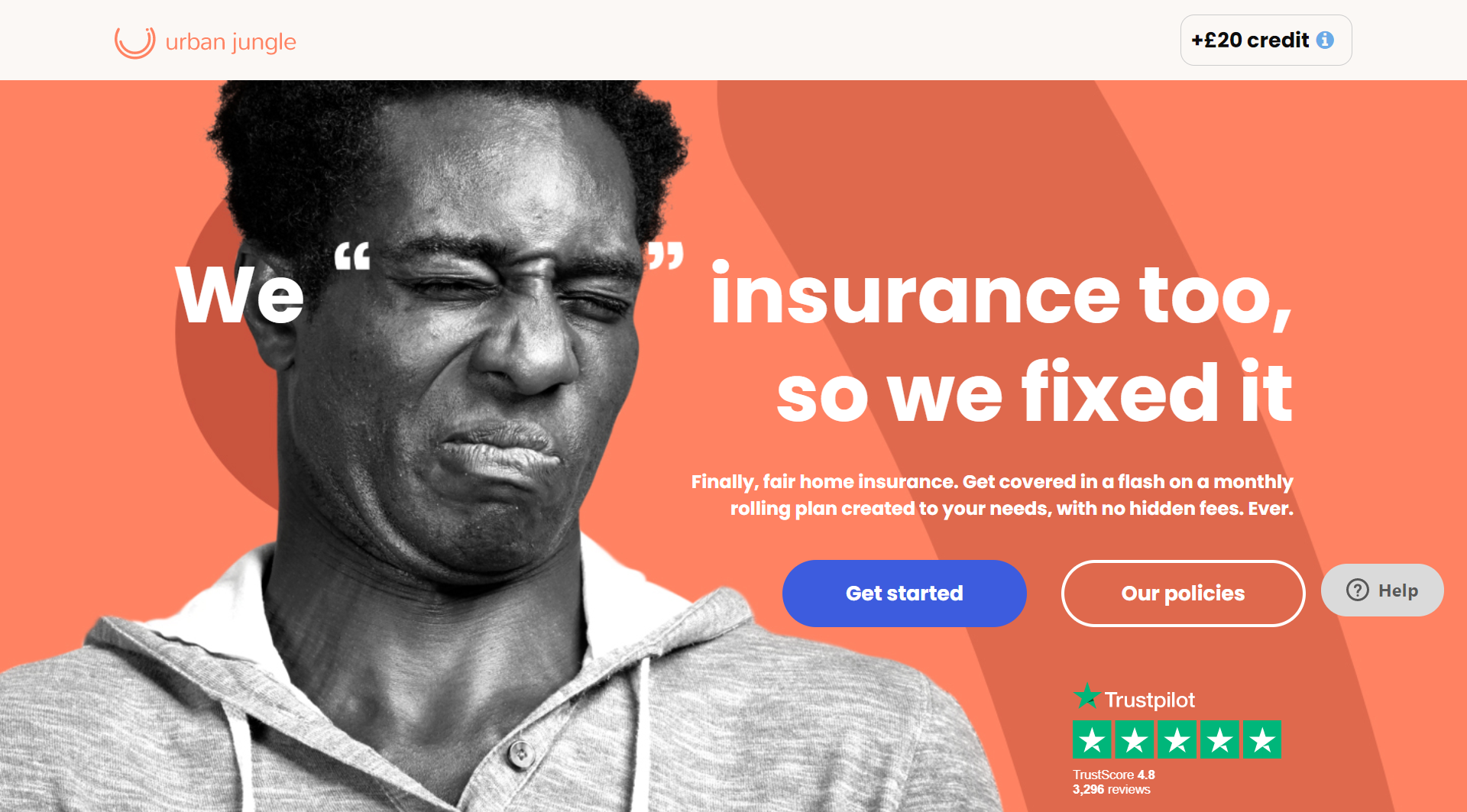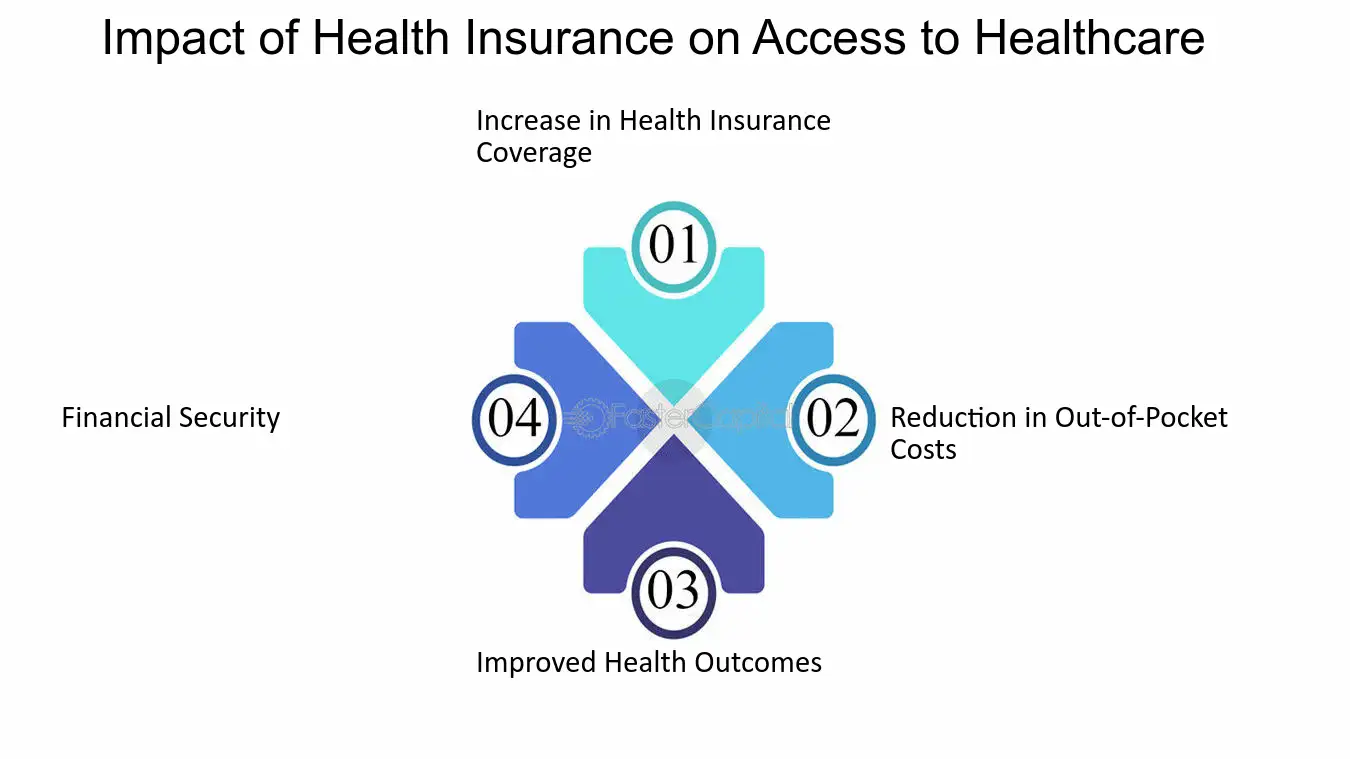Insurance advertising is a unique blend of marketing and risk management. It involves crafting persuasive messages that resonate with consumers while accurately conveying complex insurance concepts.
The Unique Challenges of Insurance Advertising
Insurance is an intangible product, making it difficult to visualize and understand. As a result, insurance marketers face several challenges:
- Complexity: Insurance products can be complex and difficult to explain in a simple and engaging way.
- Emotional Appeal: Insurance is often associated with negative emotions, such as fear and anxiety.
- Long-Term Benefits: The benefits of insurance are often long-term and intangible, making it challenging to motivate immediate action.
Key Strategies for Effective Insurance Advertising
To overcome these challenges, insurance companies employ a variety of advertising strategies:
- Emotional Appeals:
- Fear Appeal: Highlighting potential risks and losses to motivate consumers to protect themselves.
- Hope Appeal: Emphasizing the peace of mind and security that insurance provides.
- Rational Appeals:
- Product Features and Benefits: Focusing on the specific features and benefits of insurance products.
- Price Comparisons: Highlighting competitive pricing and value.
- Social Proof:
- Using testimonials and case studies to demonstrate the value of insurance.
- Leveraging endorsements from trusted sources.
- Humor:
- Using humor to make insurance advertising more engaging and memorable.
The Role of Digital Marketing in Insurance Advertising
Digital marketing has revolutionized the way insurance companies reach and engage with customers. Some of the key digital marketing strategies used in insurance advertising include:
- Search Engine Optimization (SEO): Optimizing website content to rank higher in search engine results.
- Pay-Per-Click (PPC) Advertising: Using paid advertising to reach a targeted audience.
- Social Media Marketing: Leveraging social media platforms to build brand awareness and engage with customers.
- Email Marketing: Sending targeted email campaigns to nurture leads and promote products.
- Content Marketing: Creating valuable content, such as blog posts, articles, and videos, to attract and inform potential customers.
The Future of Insurance Advertising
As technology continues to evolve, so too will insurance advertising. Some emerging trends include:
- Artificial Intelligence: AI-powered tools can be used to personalize marketing messages and improve customer targeting.
- Virtual Reality and Augmented Reality: Immersive experiences can be used to educate consumers about insurance products and risks.
- Voice Assistants: Voice-activated devices can be used to provide insurance information and quotes.
By embracing innovation and understanding the evolving needs of consumers, insurance companies can effectively use advertising to build brand loyalty, drive sales, and protect their customers.





